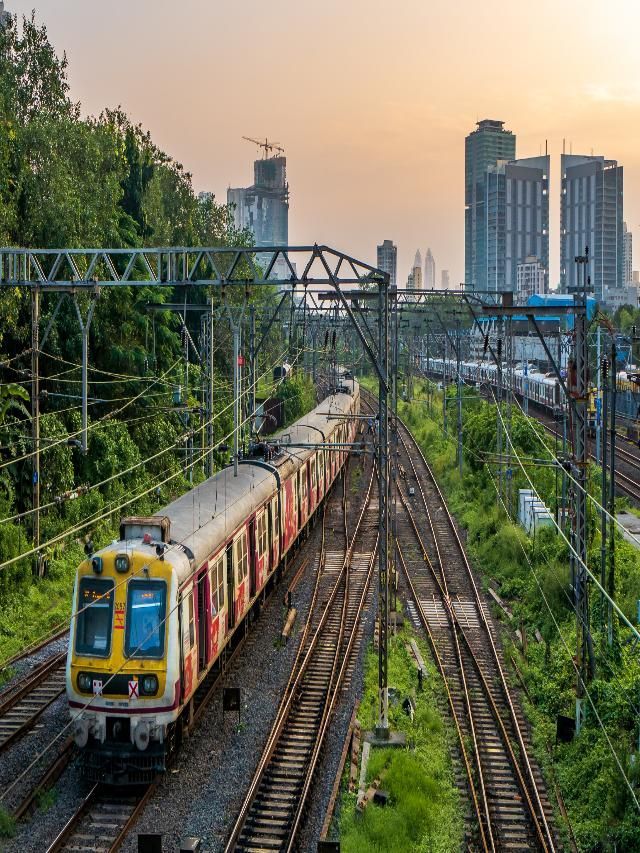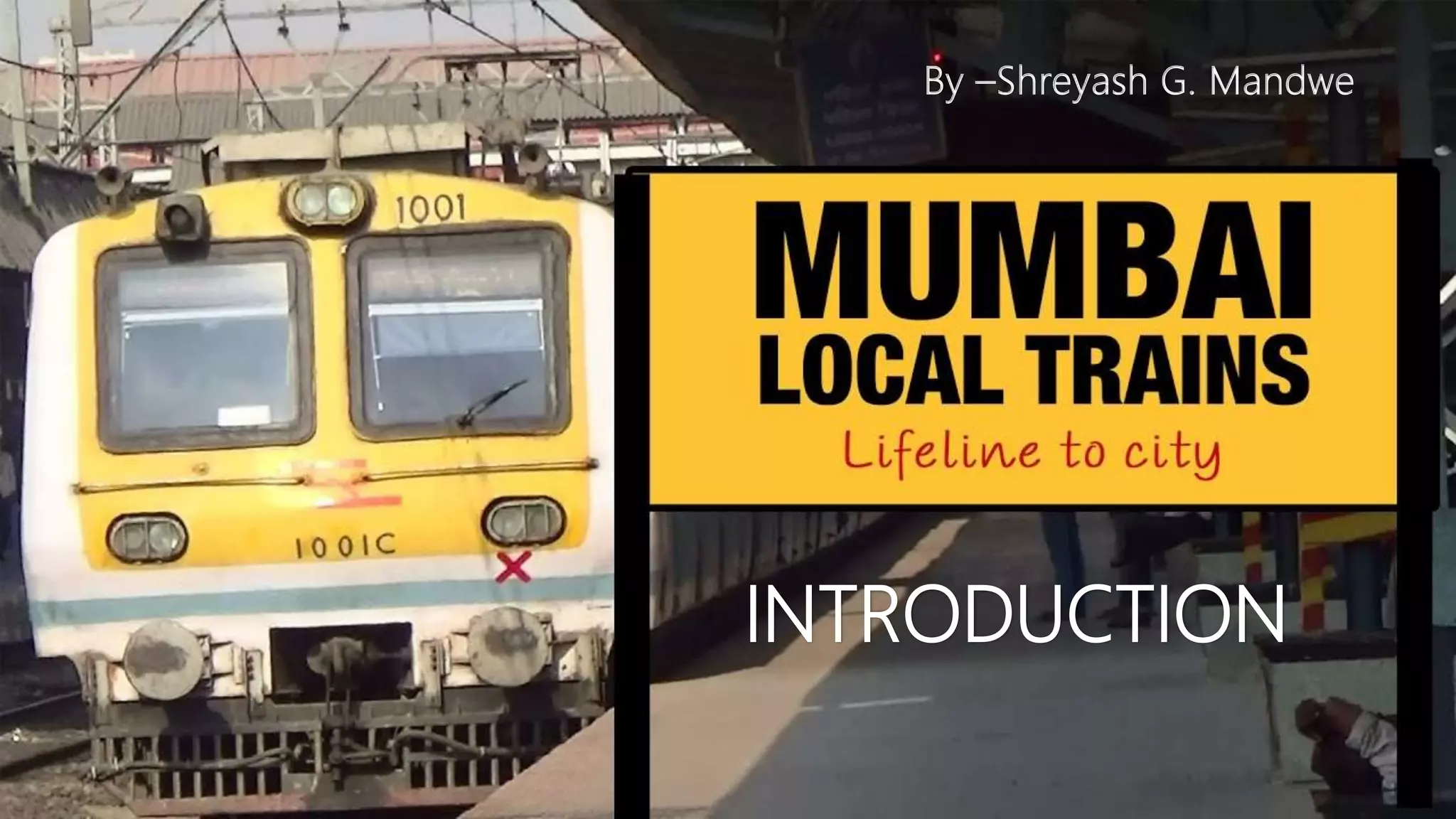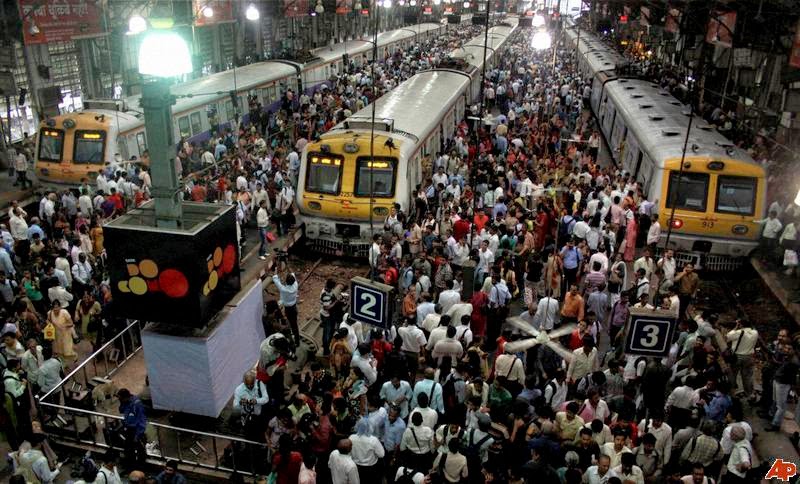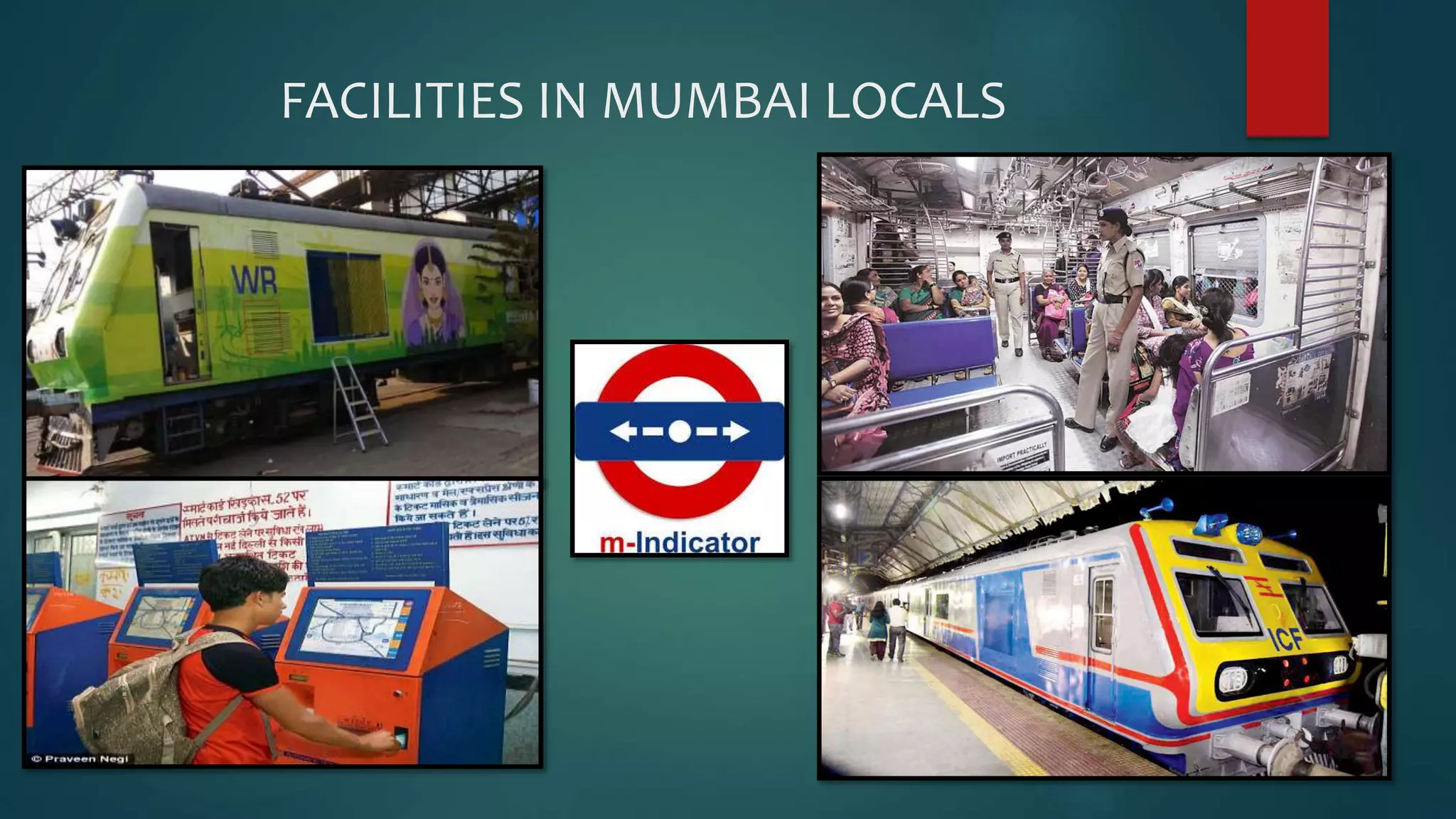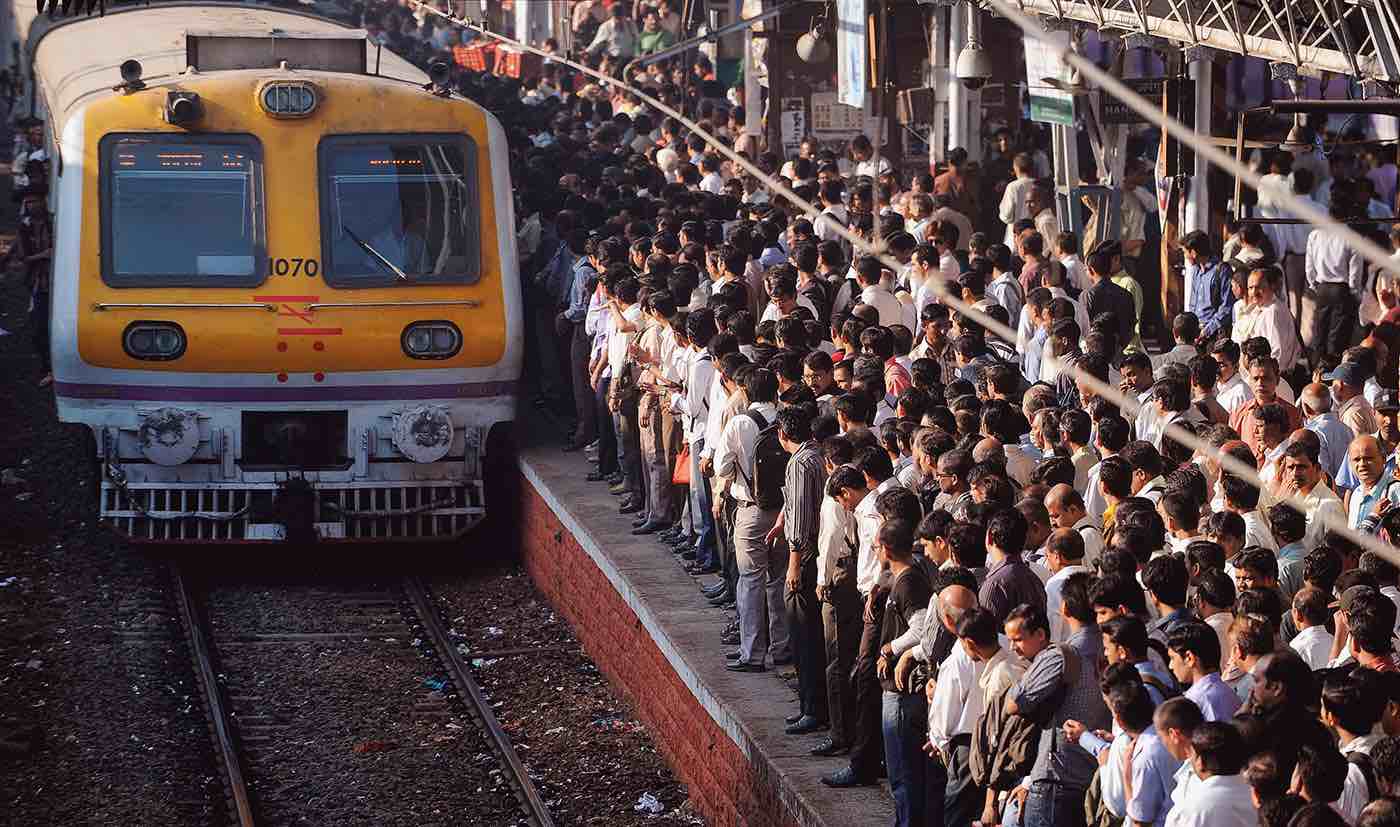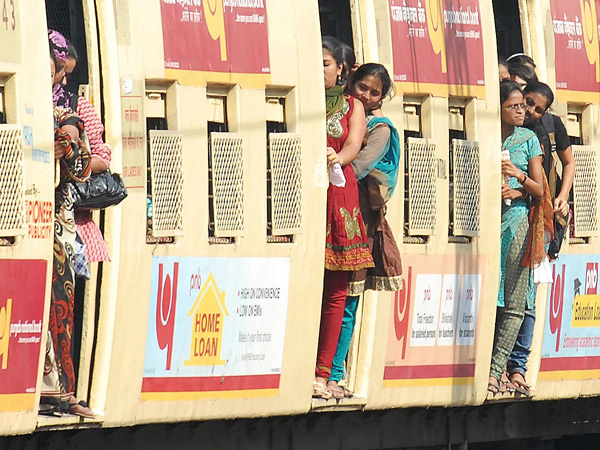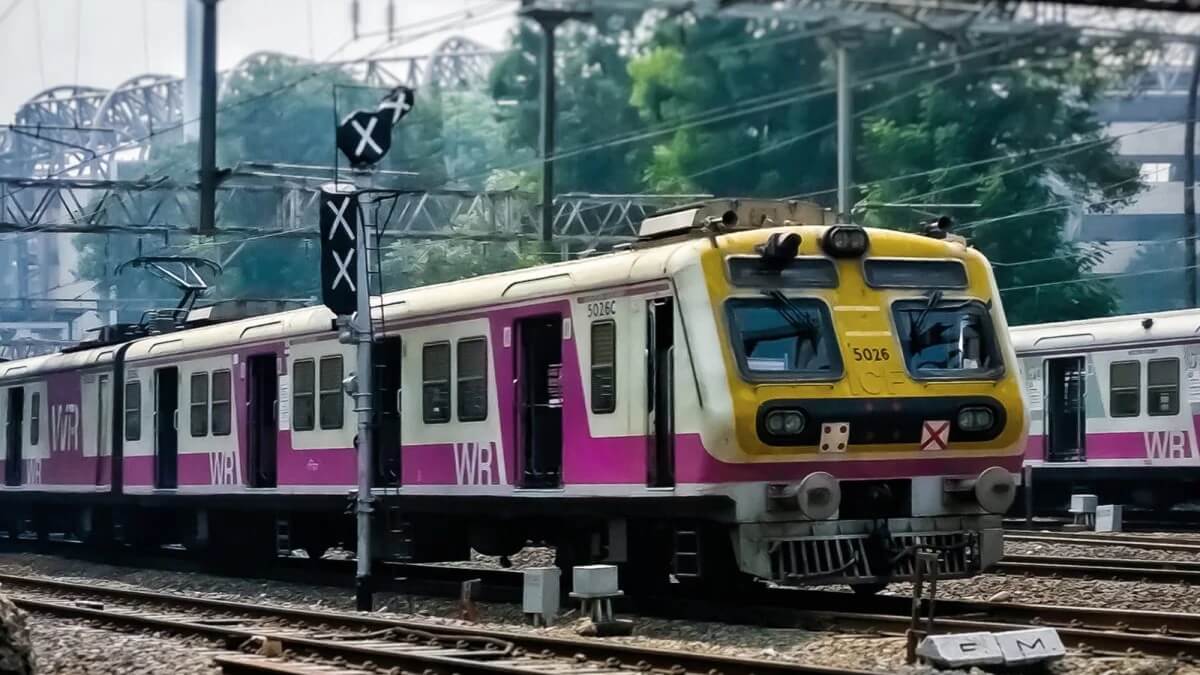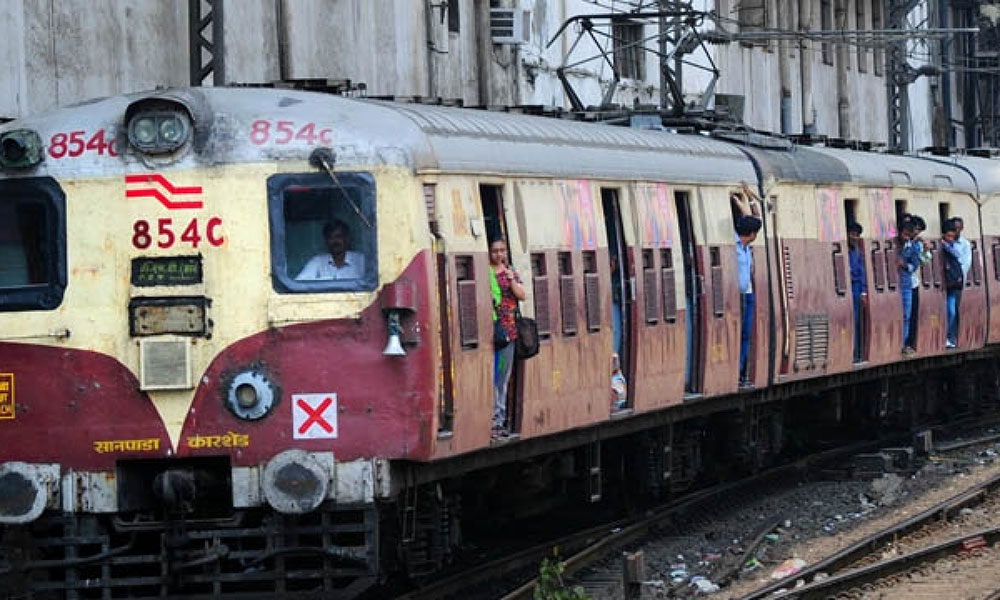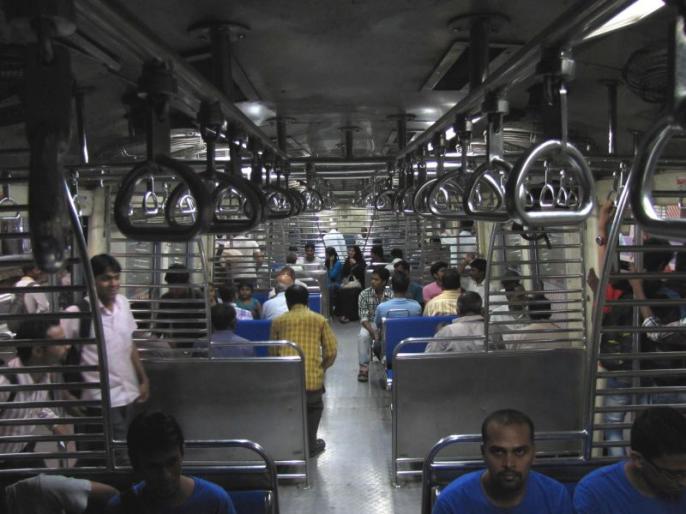Interesting Facts About Mumbai Local Trains

The Mumbai Local, the city's pulsating lifeline, carries millions daily, etching itself into the very fabric of the metropolis. Beyond the daily grind, this iconic railway system harbors a trove of fascinating, often overlooked facts that reveal its remarkable history, staggering scale, and complex operational nuances.
This article delves into the compelling world of the Mumbai Local, uncovering intriguing details about its origins, record-breaking feats, the challenges it faces, and its unwavering commitment to serving the city's ever-growing population.
A Historic Journey: From Victorian Era to Modern Marvel
The Mumbai Suburban Railway, Asia's oldest railway system, commenced operations in 1853. The initial line stretched a mere 34 kilometers between Bori Bunder (now Chhatrapati Shivaji Maharaj Terminus - CSMT) and Thane.
Over the decades, the network expanded exponentially, becoming the extensive system we know today. The Bombay, Baroda, and Central India Railway played a vital role in its early development.
The Colossus of Commute: Scale and Statistics
The Mumbai Local is a behemoth, transporting over 7.5 million passengers daily. This figure surpasses the entire population of many countries, highlighting its unparalleled significance in Mumbai's transportation ecosystem.
The network comprises three main lines: Western, Central, and Harbour. Each line caters to distinct geographical regions of the city and its sprawling suburbs.
According to recent data from Indian Railways, the system operates over 2,300 train services every day. This ensures a high frequency, particularly during peak hours, albeit with persistent overcrowding.
Record-Breaking Feats and Unique Characteristics
The Mumbai Local boasts several impressive records, including being one of the densest railway networks globally. The sheer volume of passengers packed into each train during rush hour is a sight to behold, albeit a challenging one.
The 9-car and 12-car rakes are commonplace. Some lines even operate 15-car rakes to augment carrying capacity.
The 'ladies special' trains are a unique feature. These are dedicated services exclusively for female passengers, aiming to provide a safer and more comfortable commuting experience.
Challenges and Innovations
Overcrowding remains a persistent challenge, pushing the system's capacity to its absolute limits. Incidents and accidents, though relatively infrequent considering the scale, are a serious concern.
Indian Railways is constantly striving to modernize the infrastructure, implement advanced signaling systems, and increase the frequency of services. These measures aim to improve safety and reduce congestion.
Recent initiatives include the introduction of air-conditioned local trains, offering a premium commuting option. However, these are still limited in number.
The Future of the Lifeline
The Mumbai Metropolitan Region Development Authority (MMRDA) is actively involved in expanding and upgrading the suburban rail network. Several new lines and extensions are planned or under construction.
Projects such as the Mumbai Trans Harbour Sea Link, coupled with improvements to the local train system, promise to ease the burden on existing infrastructure. These efforts aim to create a more integrated and efficient transportation network.
The Mumbai Local will undoubtedly continue to evolve, adapting to the city's ever-changing needs and remaining the indispensable artery of Mumbai's daily life, even as it grapples with persistent challenges and strives for sustainable solutions.
